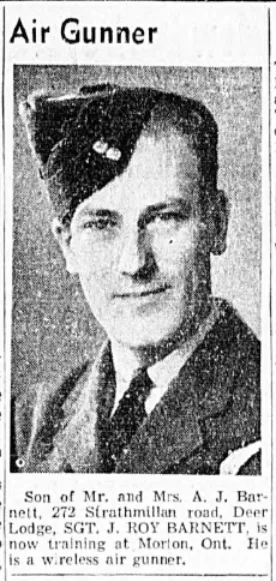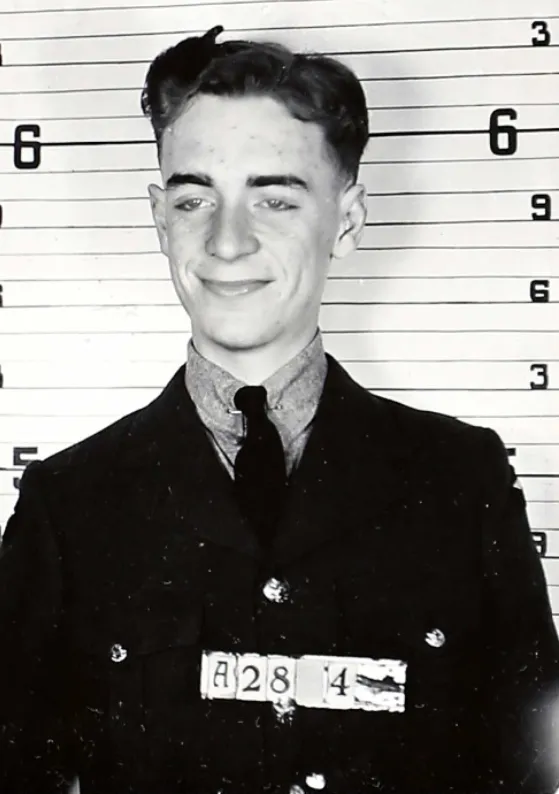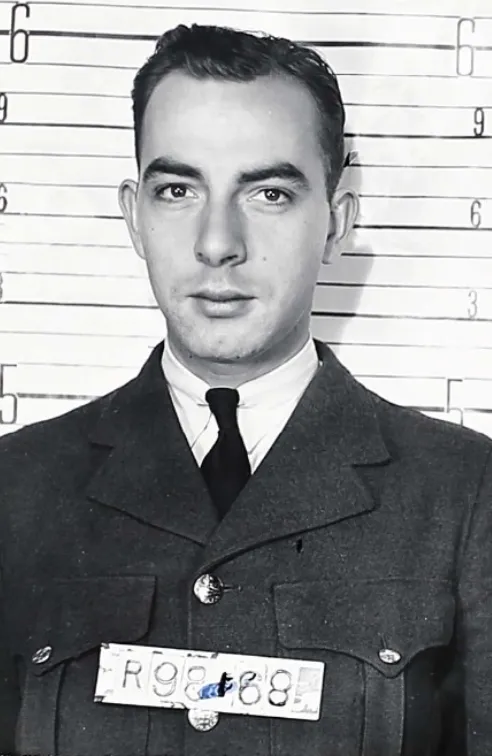Miller, Kenneth Norman (Leading Aircraftman)
Killed in Flying Accident 1943-January-14


Birth Date: 1914-August-14
Born:
Parents: Son of Norman 0. Miller and Nora Evelyn Miller, of Toronto, Ontario.
Spouse:
Home: Toronto, Ontario
Enlistment:
Enlistment Date: unkown date
Service
RCAF
Unit
1 AOS- Air Observer School
Base
RCAF Stn. Malton, Ontario
Rank
Leading Aircraftman
Position
Navigator
Service Numbers
R/170646
Home
Crew or Other Personnel
Anson 6739
Anson serial: 6739
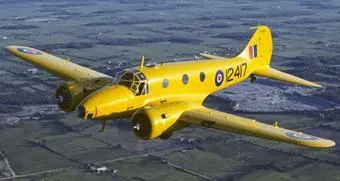
Canadian Warplane Heritage Museum
The Museum's Anson Mk. V was built by MacDonald Brothers in Winnipeg in 1944. It flew with No. 7 Photographic Wing and No. 414 Squadron in Ottawa on photo survey work until the late 1940s. In 1956, it was purchased by INCO and used for mineral surveying until 1980, when it was donated to the Museum. The exterior is painted in the yellow colour common to all BCATP trainers and is in its same wartime RCAF markings.
The Avro Anson was known by a number of nicknames including "Faithful Annie" or "Flying Greenhouse". It was the first aircraft to be flown by the Royal Canadian Air Force to have a retractable undercarriage, which was a comparative novelty in 1936. In 1940, a Canadian government owned company, Federal Aircraft Limited, was created in Montreal to manufacture the Anson for Canadian use. Nearly 3,000 Anson aircraft were produced and, in the early days of the British Commonwealth Air Training Plan (BCATP), the Anson was the standard trainer for many pilots, observers (navigators), wireless operators and bomb aimers. More than 20,000 aircrew received training on the Anson. In Canadian service, the aircraft was substantially re-designed with the substitution of North American engines and many other airframe and equipment changes. Harold Skaarup web pages
Aircraft Images
Anson 6739
Anson Mk. I 6739
Ex RAF W2528. To No. 1 Training Command on 6 August 1941, for use by No. 16 Service Flying Training School at Hagersville, Ontario. Category B crash at 15:30 on 11 May 1942, at St. Williams, Ontario (about 40 miles west-south-west of Dunnville, on the Lake Erie shore near Long Point). Struck trees while attempting a forced landing. To de Havilland for crash repairs, 14 May to 27 July 1942. To No. 1 Training Command when completed. Category A crash on (or before?) 23 August 1943. To No. 6 Repair Depot for write off.1941-07-12 Taken on Strength de Havilland Canada 2019-08-20
1942-May-11 Accident: 16 Service Flying Training School Loc: St Williams Ontario Names: Griffin
1943-January-14 Accident: 1 Air Observer School Loc: Names: Barnett | Bricker | Cochran | Miller
1943-11-19 Struck off Strength Struck off, reduced to spares and produce 2019-08-20
Unit Desciption
1 AOS (1 Air Observer School)
Air Observers were later called "navigators". For recruits in this stream, the training path after ITS was 8 weeks at an Air Observer School (AOS), 1 month at a Bombing & Gunnery School, and finally 1 month at a Navigation School. The Air Observer schools were operated by civilians under contract to the RCAF. For example, Nos. 7, 8, and 9 were run by CP Airlines. However, the instructors were RCAF. The basic navigation techniques throughout the war years were dead reckoning and visual pilotage, and the tools were the aeronautical chart, magnetic compass, watch, trip log, pencil, Douglas protractor, and Dalton Navigational Computer. They trained in the Avro Anson.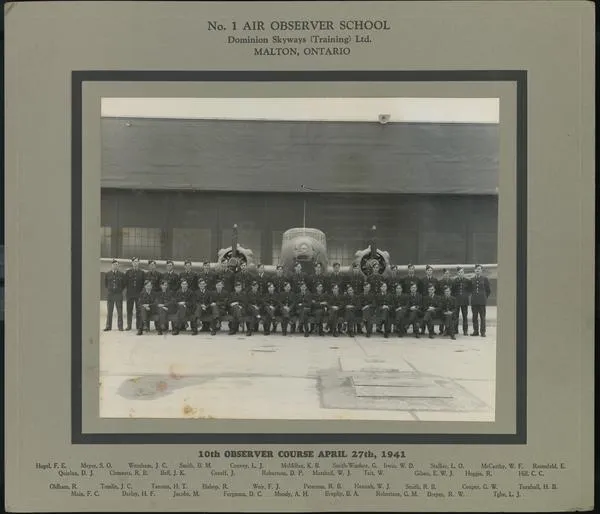
The School was established at Malton, Ontario. The former school is now the Toronto (Pearson) International Airport.
More information on the RCAF Station at Malton can be found at RCAF.info - RCAF Station Malton Ontario
